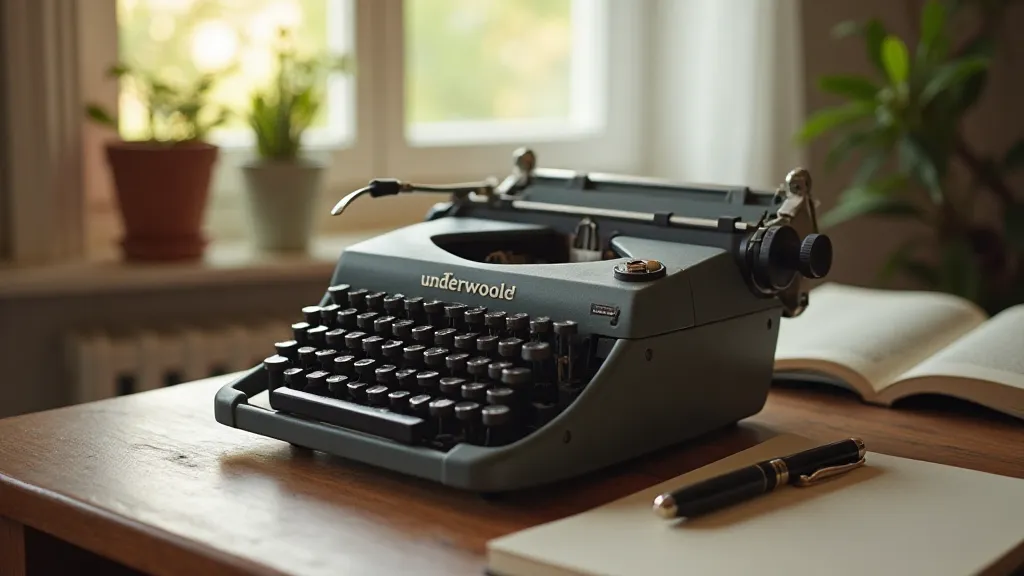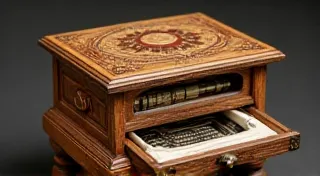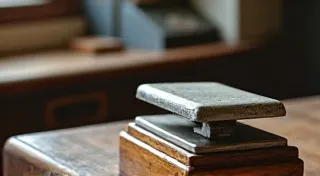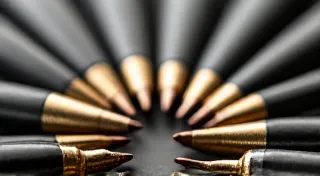The Typist’s Reverie: Solitude, Productivity, and the Mechanical Muse
The rhythmic clatter. The satisfying *ding* of the carriage return. For generations, the typewriter wasn’t just office equipment; it was a portal – a gateway to focused work, a canvas for meticulous thought, and a companion in solitude. It’s a sound and feeling increasingly rare in our digital age, yet the legacy of the typewriter resonates powerfully, especially when one encounters a beautifully restored machine, its keys gleaming with the patina of time.
The story of the typewriter isn't just about mechanics; it’s intrinsically linked to the history of work, of women's roles in the workforce, and of a specific kind of creative focus that feels almost unattainable today. Before the ubiquity of computers, the typewriter was *the* tool for professional correspondence, creative writing, and legal documentation. It dictated the pace of business, the precision of language, and the very rhythm of many lives.

The Rise of the Professional Typist
Early typewriters, while groundbreaking, were often cumbersome and unreliable. Christopher Latham Sholes, often credited as one of the "fathers" of the typewriter, and his collaborators, struggled with the QWERTY layout – intentionally designed to slow down typing speed and prevent jams in the early models. Imagine the frustration! Yet, this seemingly awkward design became a standard, an ironic testament to early engineering limitations and the stubbornness of established practices.
As typewriters became more refined – the Remington No. 2, the Underwood Standard, the Royal – a new profession emerged: the professional typist. And with it, a unique working culture developed. These weren’t simply people operating a machine; they were gatekeepers of communication, trusted with sensitive information and responsible for presenting a professional image. They were often women – a significant shift in the workforce, offering a new avenue for economic independence, albeit often accompanied by lower wages and limited advancement opportunities. The clickety-clack of their machines became the soundtrack of offices across the globe.
My grandmother, Elsie, was a typist for a local law firm. I remember, as a child, being mesmerized by the elegant way she navigated the keys, the effortless speed, the quiet confidence. She rarely spoke while typing, lost in her own world of words and deadlines. She saw the typewriter not just as a job, but as a discipline – a way to impose order on the chaos of daily life. She instilled in me a deep respect for precision, for the power of language, and the simple beauty of a well-crafted sentence – a legacy I carry with me today.
The Solitude and the Flow
What was it about the typewriter that fostered such focused work? Unlike the constant notifications and distractions of modern technology, the typewriter demanded – and rewarded – a certain level of concentration. The process itself was deliberate. Each letter, each word, required conscious effort. There was no backspace button to erase mistakes instantly; corrections were made with correction fluid (often referred to as "liquid correction") or careful X’s, adding to the sense of permanence and accountability. This enforced slowness, paradoxically, fostered a deeper connection to the work.
The solitude was also crucial. The rhythmic sounds of the machine, a personal soundtrack, created a bubble of quiet amidst the bustle of the office. This wasn't isolation in the negative sense; it was a necessary space for focused thought and creative flow. It was a space where words could take shape, ideas could solidify, and complex arguments could be meticulously crafted. Modern-day "deep work" proponents recognize the value of minimizing distractions and creating environments conducive to concentrated effort – principles the professional typist intuitively understood generations ago.
The Craftsmanship and the Restoration
Looking at a vintage typewriter today, it’s impossible not to appreciate the craftsmanship. These weren't mass-produced plastic boxes; they were precision-engineered machines, built with sturdy metal and intricate mechanisms. The hammers, the type slugs, the escapement – each part worked in harmony to produce a consistent, legible output. The weight of a well-built typewriter felt substantial, almost reassuring.
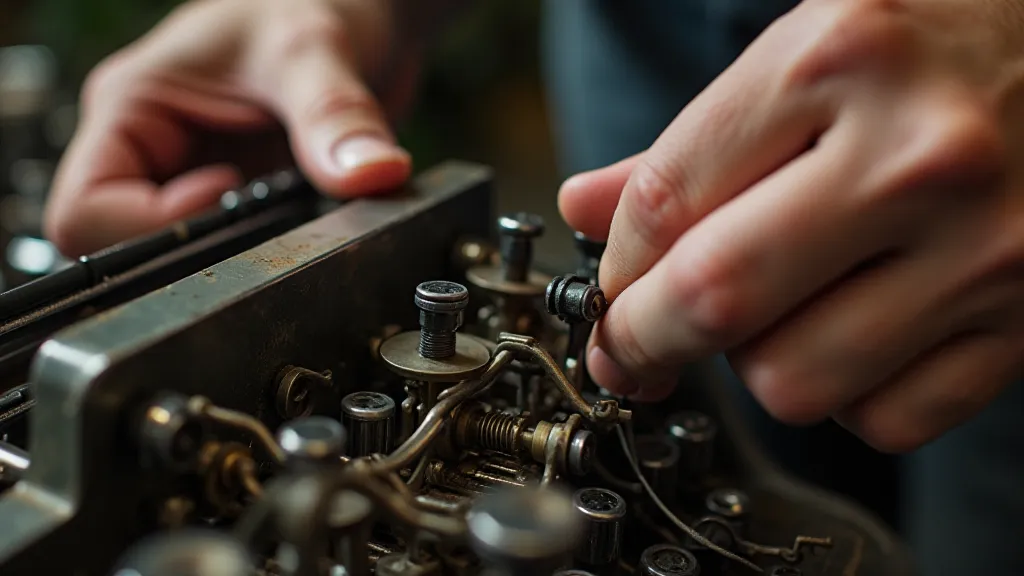
The resurgence of interest in typewriters isn't just about nostalgia; it’s about a longing for tangible objects and a rejection of the ephemerality of the digital world. Restoring a typewriter is more than just a mechanical task; it’s an act of preservation, a way to connect with the past, and a testament to the enduring appeal of analog technology. Learning to diagnose and repair these machines – replacing ribbon levers, cleaning the carriage, lubricating the escapement – requires patience, skill, and a genuine appreciation for the intricate workings of these beautiful objects. Resources abound online for aspiring restorers; forums and communities dedicated to vintage typewriters offer invaluable advice and support.
The Enduring Legacy
The typewriter may no longer be the primary means of communication, but its legacy endures. It’s a symbol of a bygone era, a reminder of a time when work was more deliberate, communication was more formal, and the pace of life was perhaps a little slower. The clickety-clack may be fading, but the lessons it taught – the value of focus, the importance of precision, and the power of tangible objects – remain profoundly relevant.
Holding a vintage typewriter, feeling the weight of its history, and hearing the satisfying clatter of the keys evokes a sense of connection to the past and a renewed appreciation for the beauty of simplicity. It's a reverie – a glimpse into a world where solitude and productivity weren't in conflict, but in harmony, fueled by the mechanical muse.
